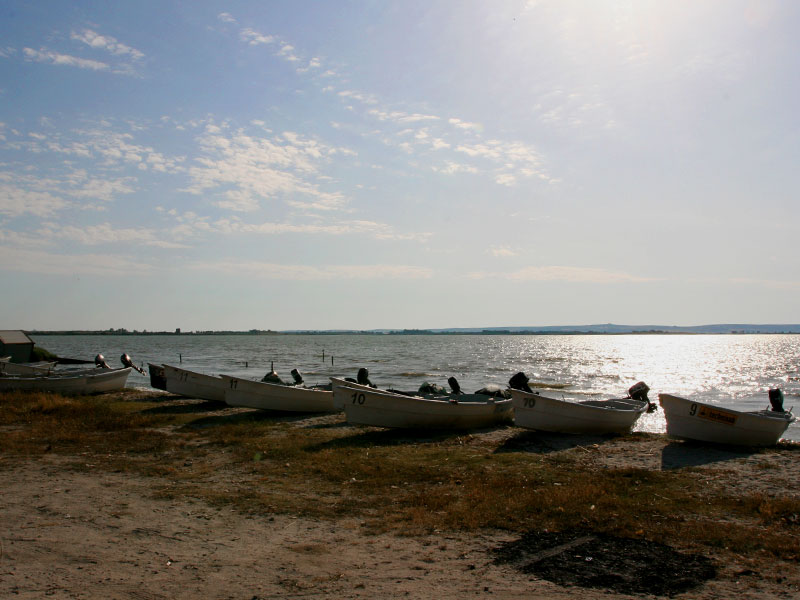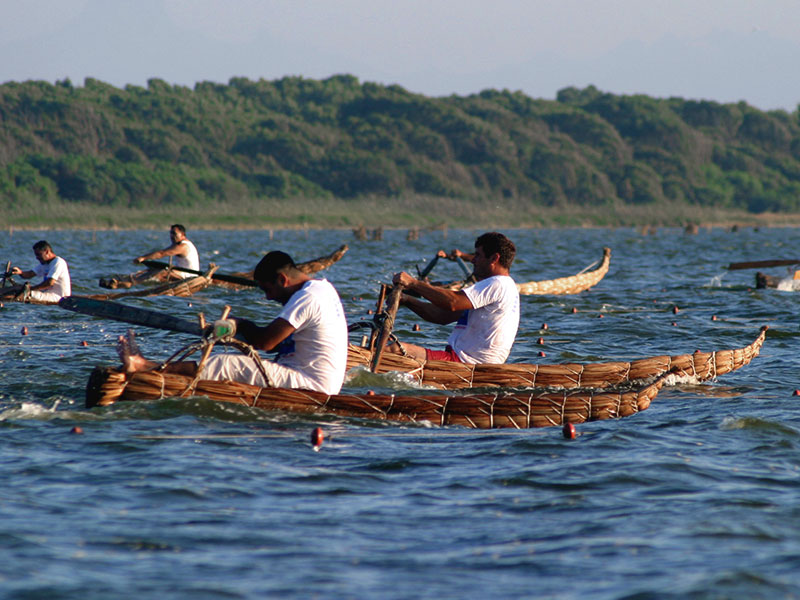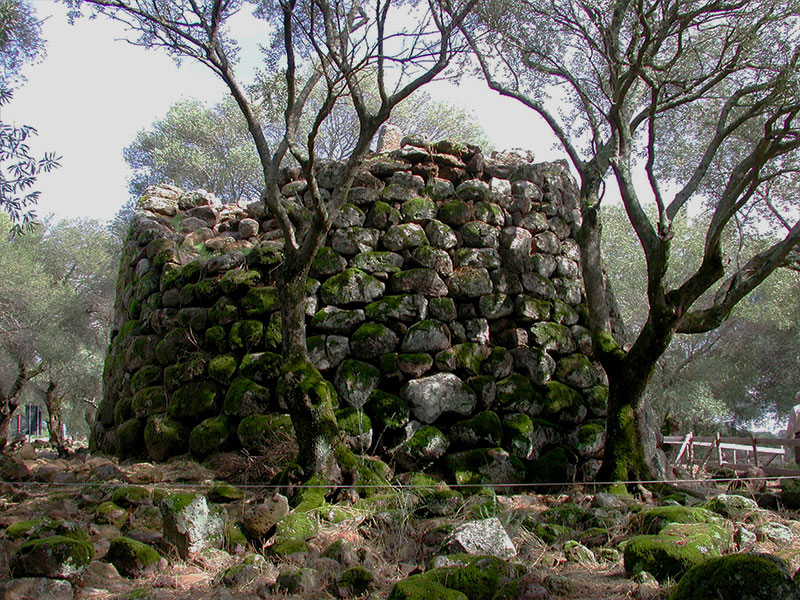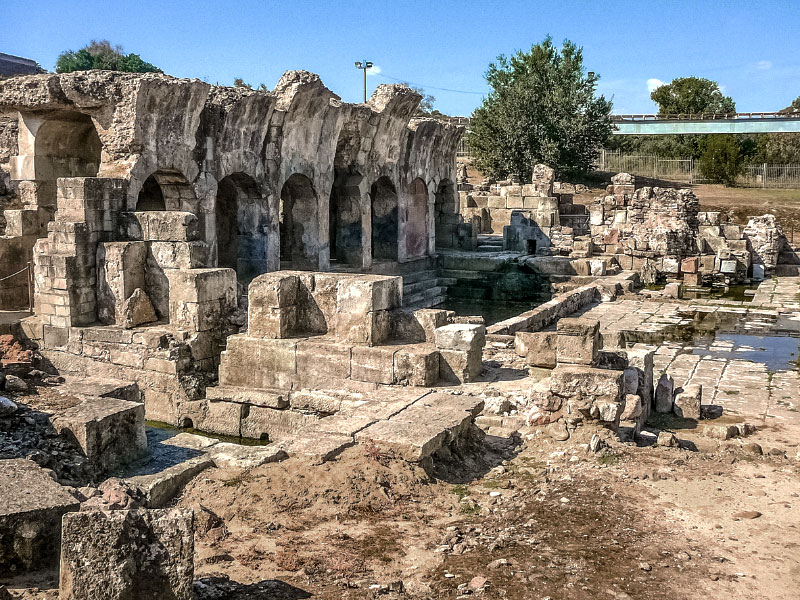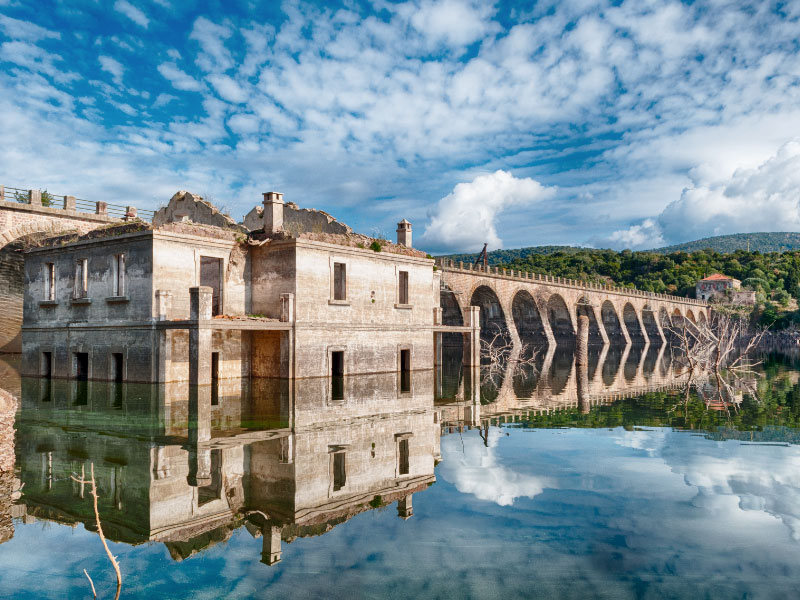Explore the Oristano area’s enchanting blend of water and culture, from the vast Cabras and Santa Giusta lagoons teeming with diverse ecosystems to the ancient Nuragic sanctuary of Santa Cristina. Uncover the therapeutic secrets of Fordongianus’ historic thermal baths and witness the grandeur of the Santa Chiara Dam, home to Europe’s largest artificial lake. This immersive itinerary through Oristano’s water and cultural treasures, born from collaboration between the Oristano Foundation and the Department of Economic and Business Sciences of the University of Cagliari, promises a journey through rich heritage, natural wonders, and timeless allure.
The project was developed during the Cultural and Touristic Paths course taught by Professor Mantanelli in the Bachelor’s program in Economics and Business Management (EGST track) offered by the UNO Consortium. The students involved in the project were Martina Veronica Leoni, Luisa Liliana Loi, Luca Contu, Lara Vigo, and Laura Gungui.

